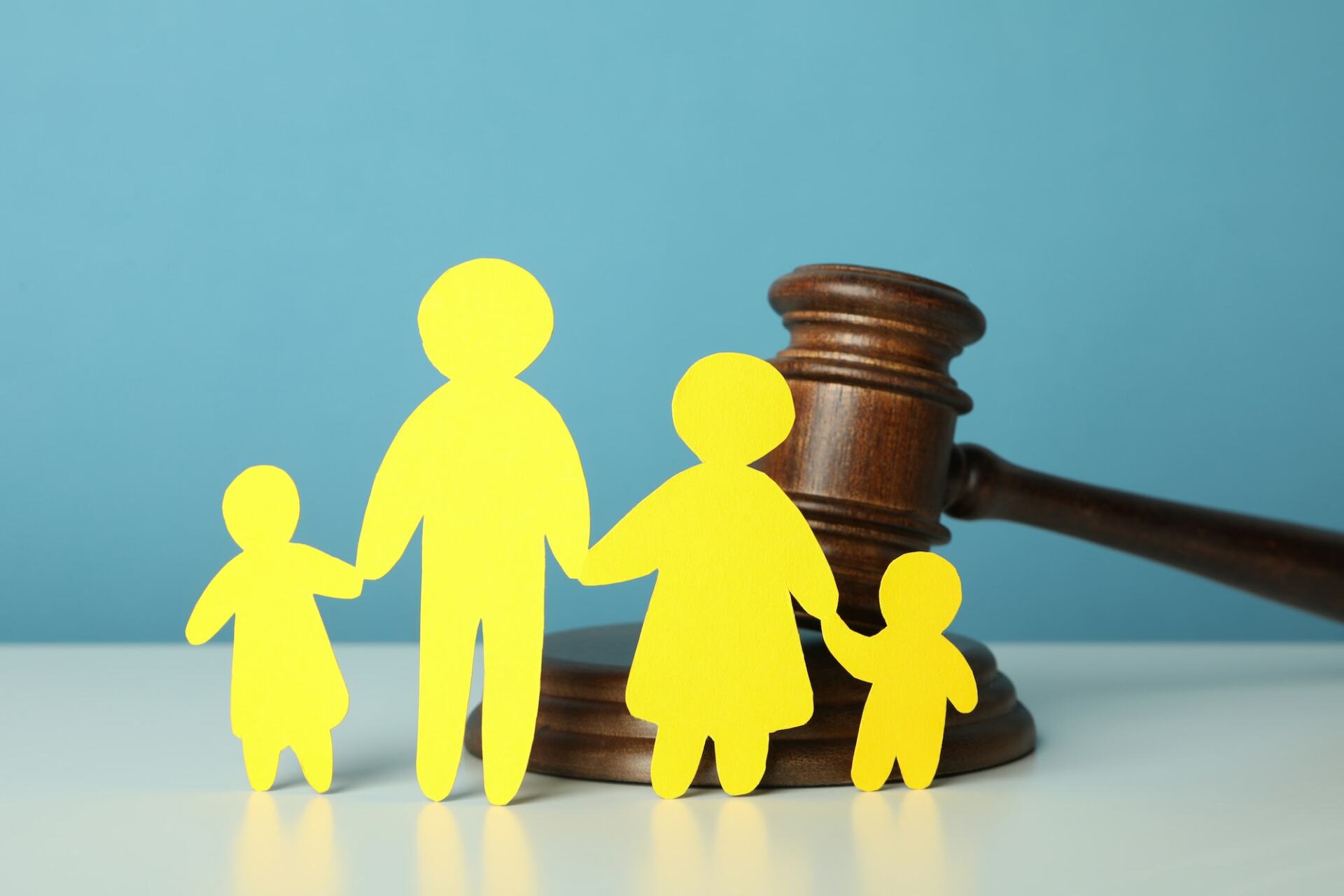The Benefits of Collaborative Divorce: A Peaceful Course to Separation
Introduction
Divorce is typically associated with dispute, stress, and heartache. However, there is an alternative approach that provides a more peaceful path to separation - collaborative divorce. In this article, we will explore the benefits of collective divorce and how it can assist couples navigate the complexities of ending their marriage in a considerate and amicable manner.
What is Collaborative Divorce?
Collaborative divorce is a process in which both celebrations work together with the assistance of their respective attorneys to reach a mutually advantageous agreement. Unlike conventional divorce lawsuits, which can be adversarial and combative, collective divorce promotes open communication and cooperation in between spouses.
The Benefits of Collective Divorce: A Serene Path to Separation
Collaborative divorce child custody lawyer uses various benefits for couples looking for a more peaceful course to separation. Let's check out some of these advantages:
1. Keeping Control
One of the key advantages of collaborative divorce is that it permits couples to maintain control over the result. Instead of leaving essential decisions in the hands of a judge, partners have the chance divorce mediation to actively take part in shaping their future.
2. Minimizing Conflict
Collaborative divorce focuses on discovering commonalities and resolving disagreements through negotiation instead of litigation. By reducing conflict, couples can reduce stress and emotional turmoil for themselves and their children.
3. Maintaining Relationships
Traditional divorces often strain relationships beyond repair work. Collaborative divorce aims to maintain relationships by fostering open interaction and cooperation. This is particularly crucial for couples who will continue to co-parent their children after divorce.
4. Privacy
Courtroom procedures are public record, implying anyone can access the information of your divorce. Collective divorce uses privacy and confidentiality, permitting couples to keep personal matters out of the general public eye.
5. Cost-Effective
Litigation can be pricey, with legal fees quickly adding up. Collective divorce can be a more cost-effective alternative, as it typically needs fewer court appearances and less time invested in legal proceedings.
6. Customized Solutions
Collaborative divorce allows couples to craft customized solutions that satisfy their distinct requirements and circumstances. This versatility can lead to more acceptable outcomes for both parties.
7. Faster Resolution
Traditional divorces can drag on for months and even years, triggering further emotional distress and financial strain. Collective divorce often leads to faster resolutions, enabling couples to move forward with their lives sooner.
8. Emotional Support
The collective divorce procedure typically involves the support of different professionals, consisting of psychological health specialists and financial consultants. These specialists can supply important psychological support and guidance throughout the process.
9. Child-Focused Approach
For couples with children, collective divorce provides a child-focused method. By focusing on the best interests of the kids, moms and dads can work together to produce a parenting plan that promotes their wellness and lessens disruption.
10. Decreased Court Involvement
Collaborative divorce aims to keep disputes out of the courtroom whenever possible. By decreasing court participation, couples can conserve time, money, and stress.
11. Professional Guidance
Collaborative divorce includes working with knowledgeable experts who focus on family law, mediation, and dispute resolution. These experts guide couples through the procedure and make sure that all legal requirements are met.
12. Less Devastating for Children
Divorce can have a considerable effect on kids's wellness. Collective divorce minimizes the unfavorable results by offering a more serene and cooperative environment for parents to solve their differences.
13. Flexible Scheduling
Unlike court hearings that are subject to strict scheduling constraints, collective divorce permits couples to set their own meeting family lawyer times based on their schedule. This versatility makes it simpler to stabilize work, household, and other commitments.
14. More Creative Solutions
Collaborative divorce encourages innovative analytical and believing outside the box. divorce lawyer This can lead to ingenious options that may not be offered through traditional litigation.
15. Better Interaction Skills
Collaborative divorce needs open communication and active listening. Through the procedure, couples can improve their interaction skills, which can be advantageous in co-parenting and future interactions.
16. Less Psychological Strain
Traditional divorces often involve extreme psychological pressure for all parties involved. Collaborative divorce focuses on reducing psychological tension and promoting a much healthier separation process.
17. Conservation of Assets
Divorce lawsuits can result in significant financial losses due to legal charges and court-ordered settlements. Collaborative divorce aims to preserve possessions by discovering equally reasonable services that benefit both spouses.
18. Decreased Post-Divorce Conflict
By addressing issues collaboratively, couples can minimize post-divorce conflict and disagreements. This can cause a smoother shift into the next chapter of their lives.
19. Greater Satisfaction
Studies have actually revealed that couples who pick collaborative divorce report greater levels of satisfaction with the procedure and the results compared to those who select standard litigation.
20. Focus on Long-Term Goals
Collaborative divorce encourages couples to concentrate on their long-term objectives rather than getting caught up in short-term battles. This mindset shift can result in more favorable results and a healthier post-divorce relationship.
FAQs
Q: What function does a divorce lawyer play in collaborative divorce?
A: A divorce lawyer plays a crucial function in assisting clients through the collective divorce process, ensuring their rights are protected, and providing legal recommendations throughout negotiations.
Q: Is collective divorce ideal for high-conflict cases?
A: Collective divorce is usually more suitable for couples willing to interact agreeably. Nevertheless, even in high-conflict cases, with the right experts and commitment from both celebrations, collective divorce can be successful.
Q: What happens if we can not reach an agreement through collaboration?
A: In the uncommon occasion that a couple can not reach an arrangement through cooperation, they may require to explore alternative conflict resolution methods or pursue litigation.
Q: For how long does the collaborative divorce procedure take?
A: The duration of the collaborative divorce process varies depending on the intricacy of the concerns involved and the willingness of both celebrations to cooperate. On average, it can take a number of months to a year to complete a collaborative divorce.
Q: Can I still speak with other professionals during the collective divorce process?
A: Yes, couples going through a collaborative divorce can look for assistance from psychological health specialists, financial advisors, and other professionals to ensure all aspects of their separation are addressed.

Q: Is collective divorce legally binding?
A: Yes, once an agreement is reached and signed by both celebrations, it ends up being lawfully binding and enforceable.
Conclusion
Collaborative divorce provides various advantages for couples seeking a tranquil path to separation. From keeping control over the result to reducing conflict and preserving relationships, this alternative technique prioritizes open communication and cooperation. By choosing collaborative divorce, couples can browse the complexities of ending their marriage in a considerate and friendly manner while focusing on the well-being of themselves and their children.
